Over the years of shooting everything and its ancestors, I have found myself in situations where using flash was not an option and shooting with “normal” ISO values yielded nothing. Low-light situations were upon me.
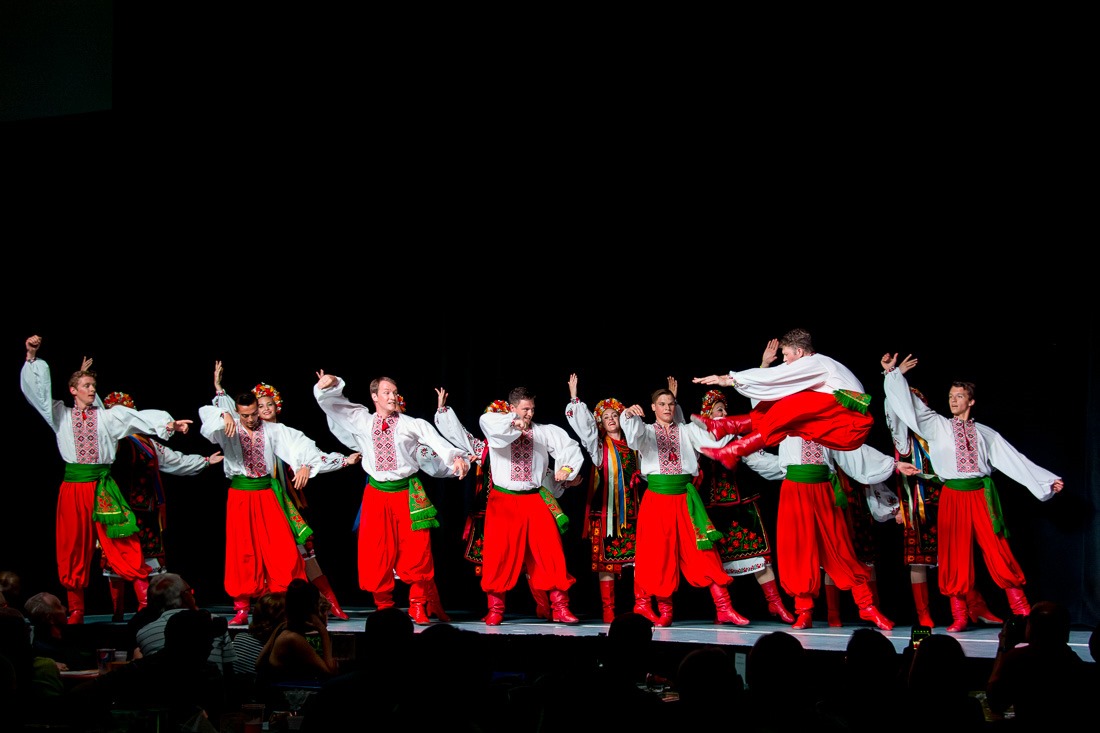
So then it was necessary to go into the dreaded “high ISO” ranges of the camera and hope for the best.
This usually didn’t give any satisfactory results to the point where I was always tempted to simply delete the photos and move on. I did move on, but never deleted the pics. A good thing I never did.

Candle walk at the Festival du Voyageur, Winnipeg – Nikon D40X – ISO 1600
When Adobe came out with a way to reduce noise in high ISO pictures, I thought that that was the top. I tried it on my abandoned pictures and came up empty-handed after all. The way the noise was to be reduced was also reducing the details in my pictures to the point where they looked as if they were plastic cut-outs instead of photographs.
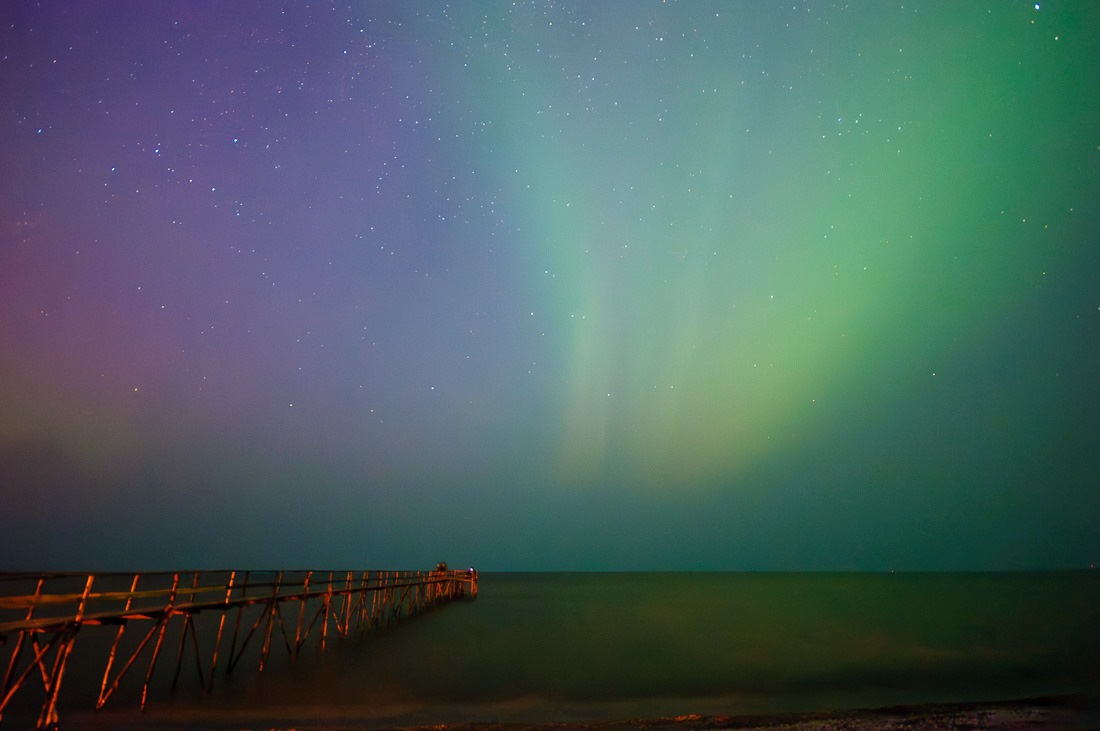
Matlock Pier, Lake Winnipeg – Nikon D90 – ISO 1600
So they went back to the library of abandoned pictures. For more than 10 years, they stayed there without any real new methods of getting rid of the noise.
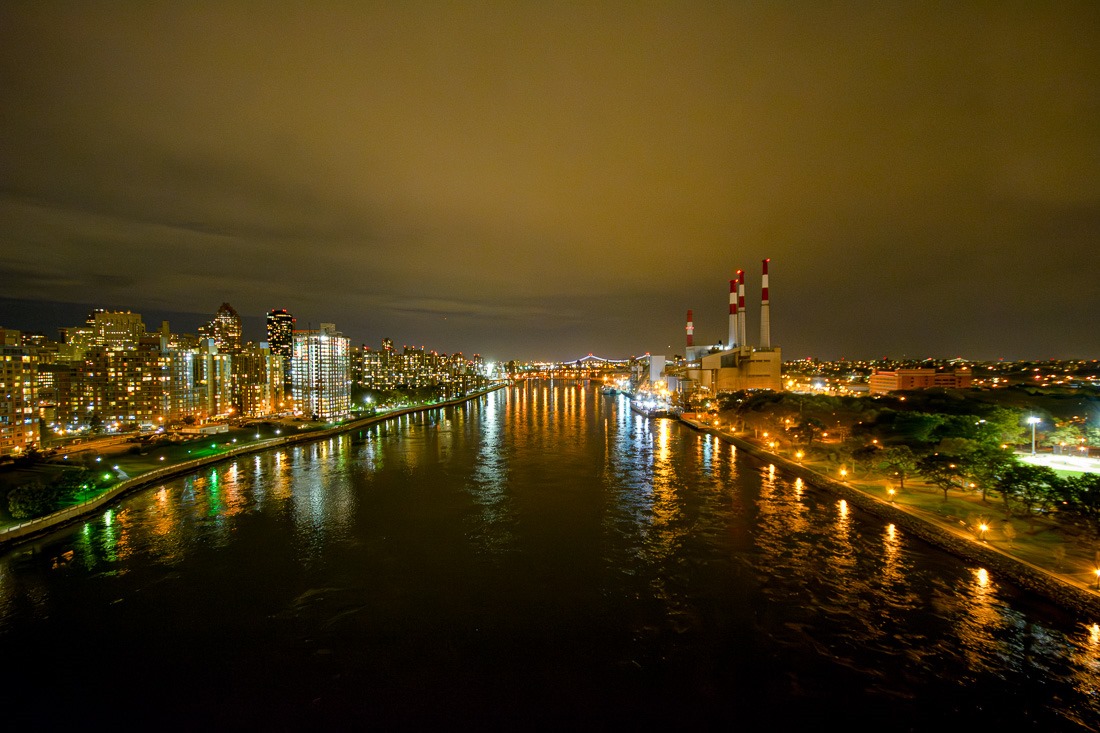
Queensboro Bridge, New Your City – Nikdon D7100 – ISO 1600
Pictures with high ISO started accumulating, with desperate attempts to eliminate the high ISO noise. Extra programs, trial versions, plugins to Lightroom, “methods” and tutorials in Photoshop, nothing gave me the clean pictures I wanted to show or print.
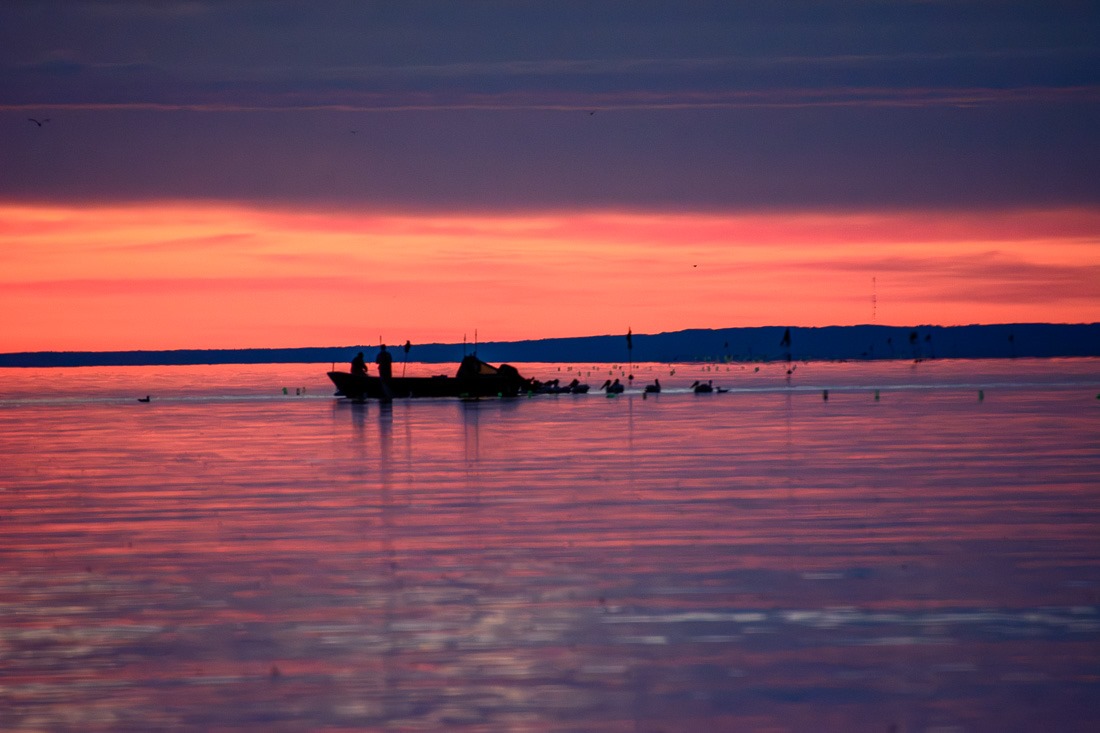
Fishermen at dawn, Lake Winnipeg – Nikon D7100 - ISO 6400
Then came the different programs that used so-called artificial intelligence to reduce noise. They did a so-so job. Still nothing to write home about, but it was a lot better already. Some of the pictures were now showable on social media, even if posting “from the archives” was not really what I liked to do.
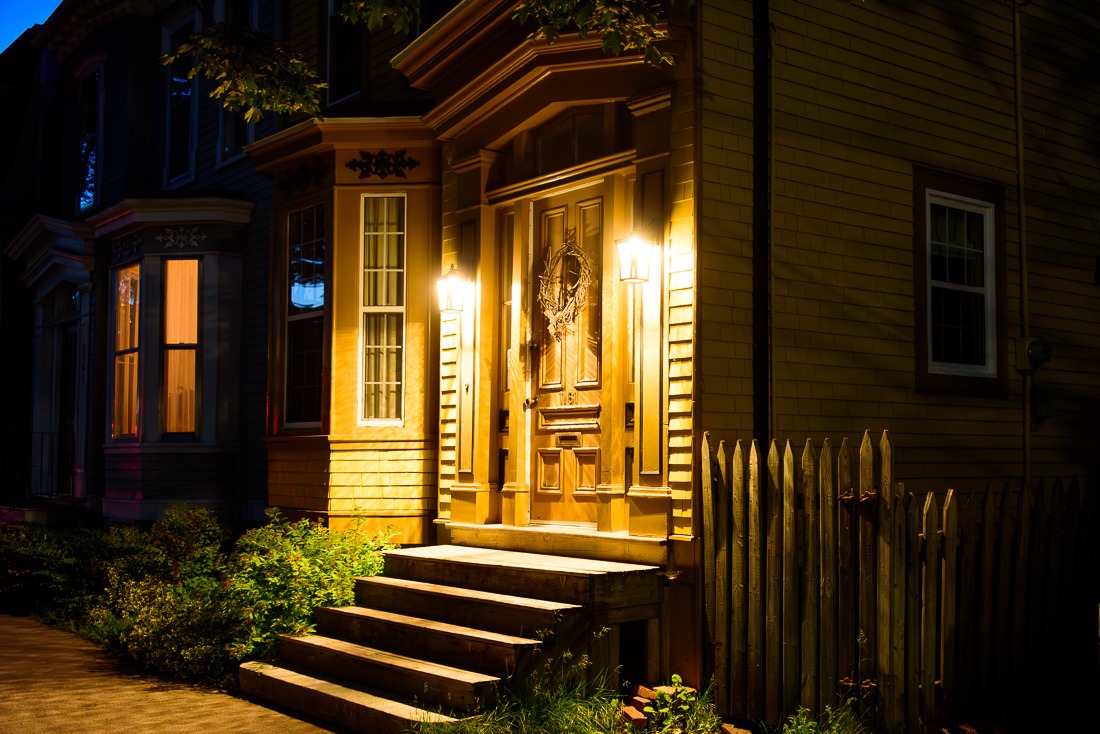
Young Avenue, Halifax – Nikon D750 – ISO 4000
But that was better than nothing. Taking the pictures was a different matter. The tripod was always a necessary “evil”. While shooting birds with a long lens and a tripod made sense to me, some low-light shots that had moving targets could not be shot with a tripod. So I passed up on a lot of opportunities.
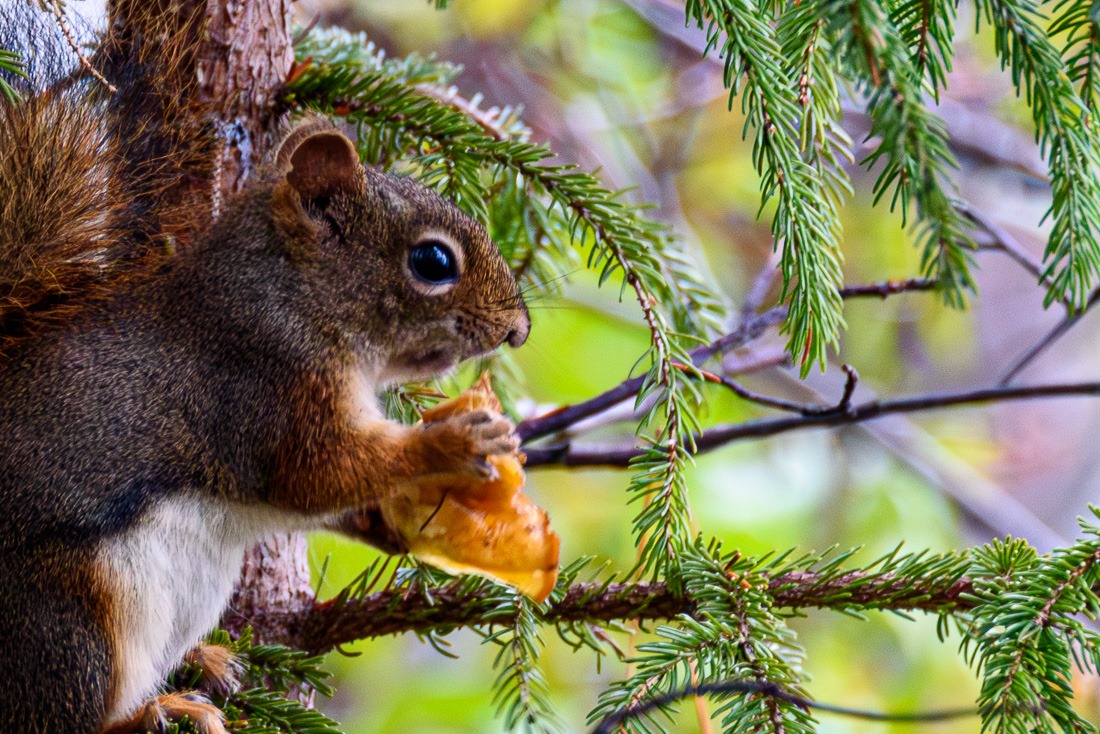
Squirrel – Nikon D750 – ISO 4000
In some cases, using a garbage can for support, things were ok, but still nothing that could allow for moving targets. This little squirrel was eating towards dusk and there was no way he or she was going to sit still for the camera.
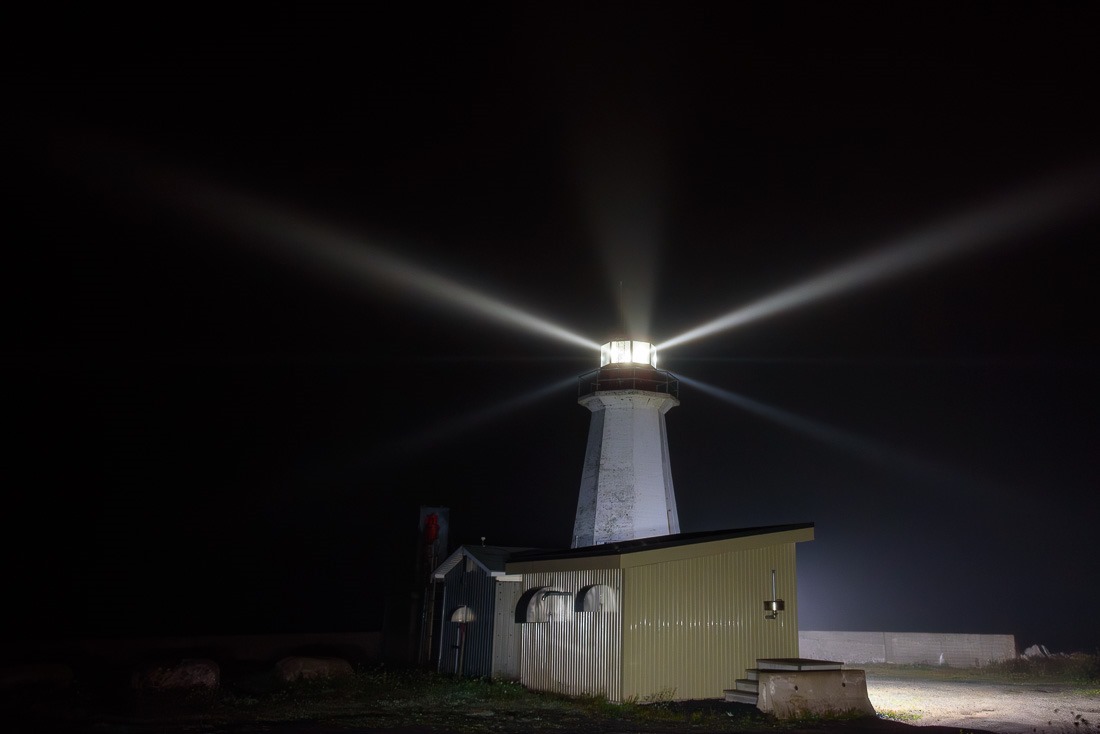
Western Head Lighthouse, Nikon D750 – ISO 6400
Then came the Adobe AI Denoise in April 2023. I thought that that would be another of those over-hyped AI implementations. I didn’t give it much attention at first, but then I tried it on some recent pictures that I found a bit too noisy. The above lighthouse was such a picture. While shot on a tripod, the effective shutter speed was 5 times 1/50s. The picture was shot as one exposure in-camera using a black card to “close” the shutter between “shots”.

Night sky and thunderstorm – Nikon D750 ISO 5000
Once cleaned up, the picture had virtually no noise and no loss of detail. That was what I had been waiting for for years. So I went back to the Library of Duds and started to pick up some of the pictures I thought would work. The Ukrainian Hopak dancers in the leading picture were now sharp, in focus, and noiseless. Well at least in the picture, the music was loud ![]() . The Milky Way above was shot at high ISO on a tripod to get the most light in. I could have gone higher in ISO.
. The Milky Way above was shot at high ISO on a tripod to get the most light in. I could have gone higher in ISO.
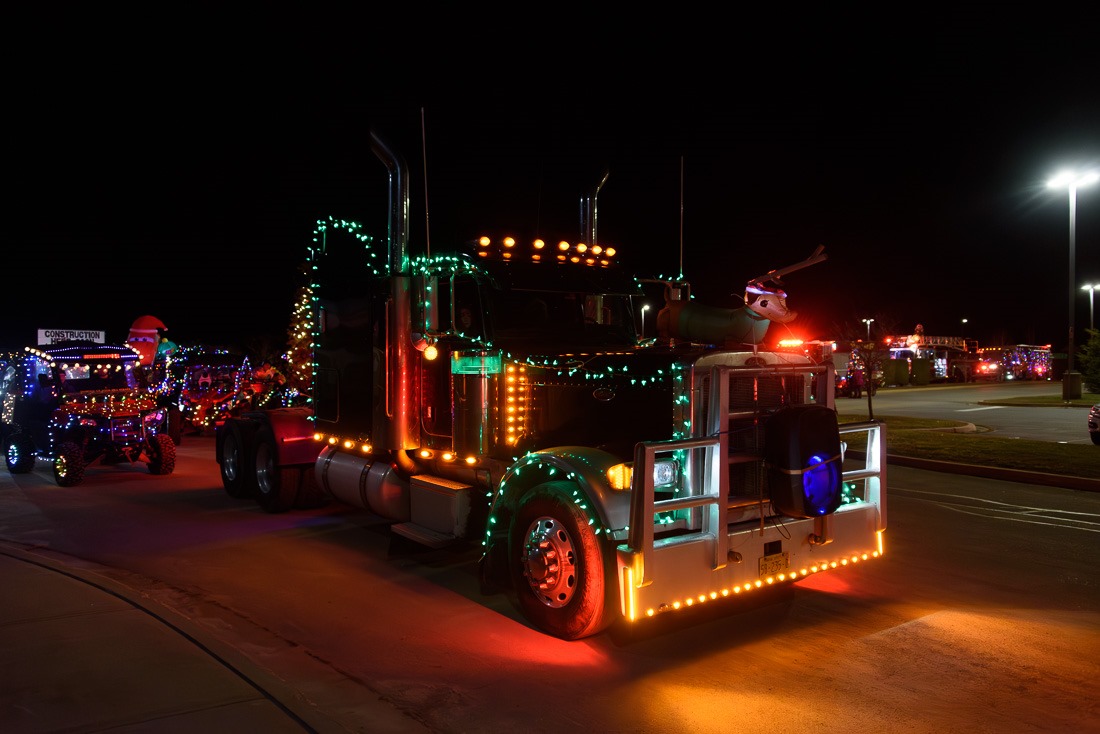
Liverpool Santa Claus Parade – Nikon D750 – ISO 8000
So last weekend I was invited to shoot the Liverpool Santa Claus Parade. I took no tripod with me and shot everything in high ISO instead. Well, up to 8000 ISO is high enough for my taste. One day I will go higher when the pictures are repeatable.
High ISO is no longer a big problem, so shooting gets easier in low light.
Until next time…
